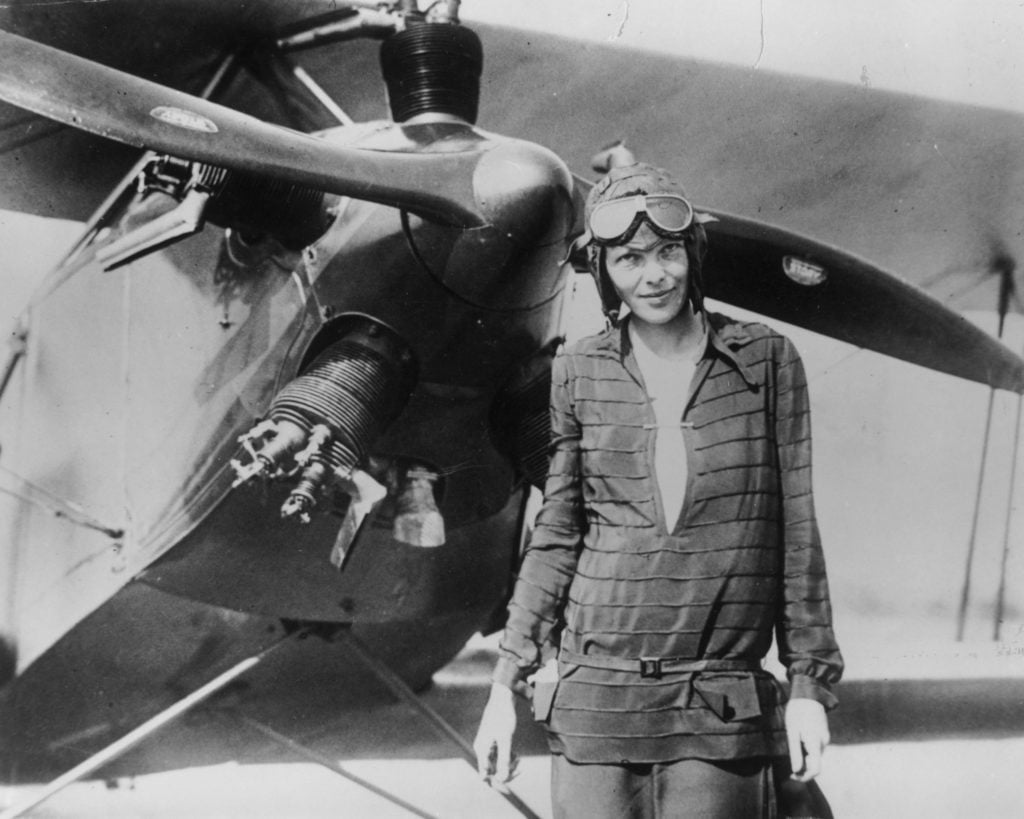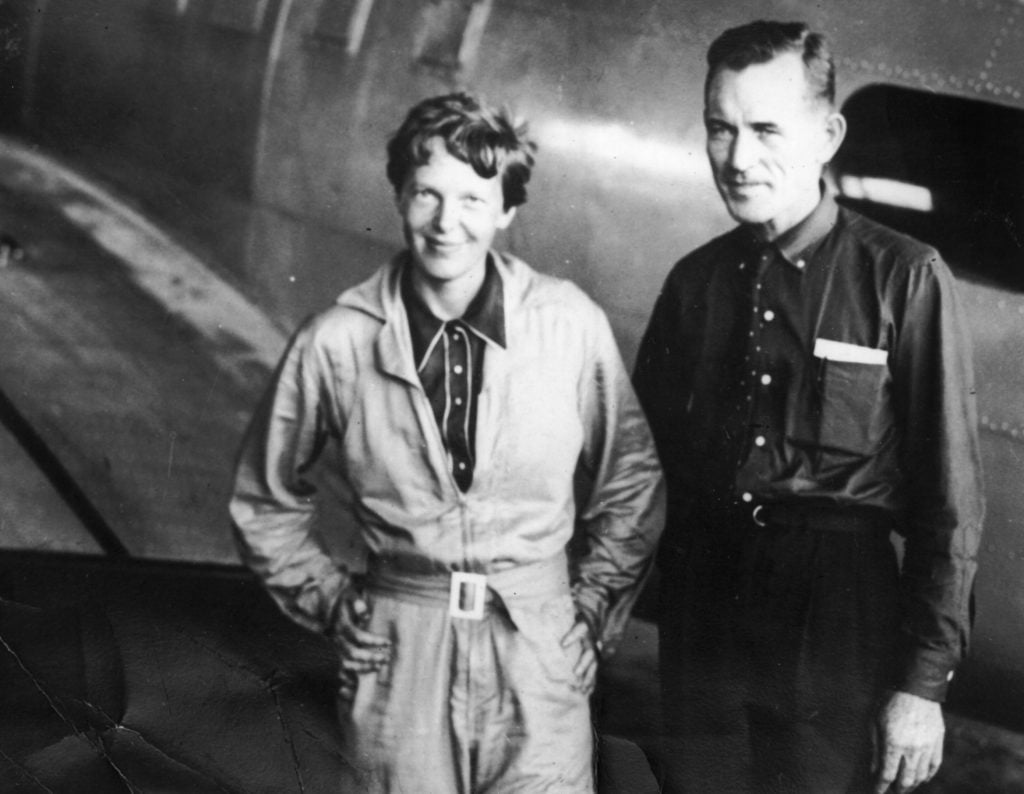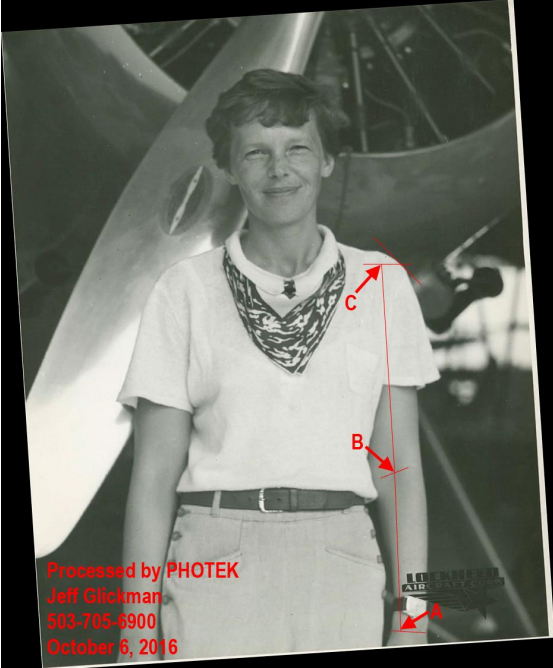Art World
Could New Photographic Evidence Finally Solve Mystery of Amelia Earhart’s Disappearance?
It could all come down to the length of her arms.

It could all come down to the length of her arms.

Sarah Cascone

Amelia Earhart tragically disappeared in 1937 during her attempt to be the first woman pilot to circumnavigate the globe. Nearly 80 years later, the mystery of her fate may finally be solved, thanks to research by the International Group for Historic Aircraft Recovery’s Earhart Project (TIGHAR).
It now appears that rather than crashing into the Pacific Ocean, Earhart may have died on the island of Nikumaroro, surviving for an undetermined length of time as a castaway. The island is roughly 350 miles south of Howland Island, where Earhart and her navigator, Fred Noonan, were headed when they disappeared on July 2, 1937.
The theory is not a new one, as the skeleton was first found in 1940, but TIGHAR has new evidence backing up their claim.

American aviatrix Amelia Earhart with her navigator, Fred Noonan, in the hangar at Parnamerim airfield, Natal, Brazil, June 11, 1937, shortly before their disappearance during their attempted circumnavigation of the globe. Courtesy of Topical Press Agency/Getty Images.
Due to the length of its arms, experts initially ruled that the skeleton belonged to a man. Forensic analysis of photographs of Earhart’s arms now suggest that hers were longer than average for a woman. According to forensic imaging specialist Jeff Glickman, the proportions of Earhart’s arms were likely a close match to those of the Nikumaroro castaway.
“The match does not, of course, prove that the castaway was Amelia Earhart, but it is a significant new data point that tips the scales further in that direction,” Gillespie said in his report.

Jeff Glickman’s forensic analysis of Amelia Earhart’s arms. Courtesy of Jeff Glickman.
Lending weight to these findings are the artifacts discovered alongside the skeleton, which include a women’s mirror, flight jacket buttons, and an anti-freckle facial cream, supposedly of the kind Earhart was known to use. TIGHAR has been promoting the castaway theory since 1998.
“There are historical documents that prove official airlines received radio calls for help in 1937. If we look at the press of the time—people believed she was still alive,” Gillespie told CNN. “She lived and died in that island for a while.”